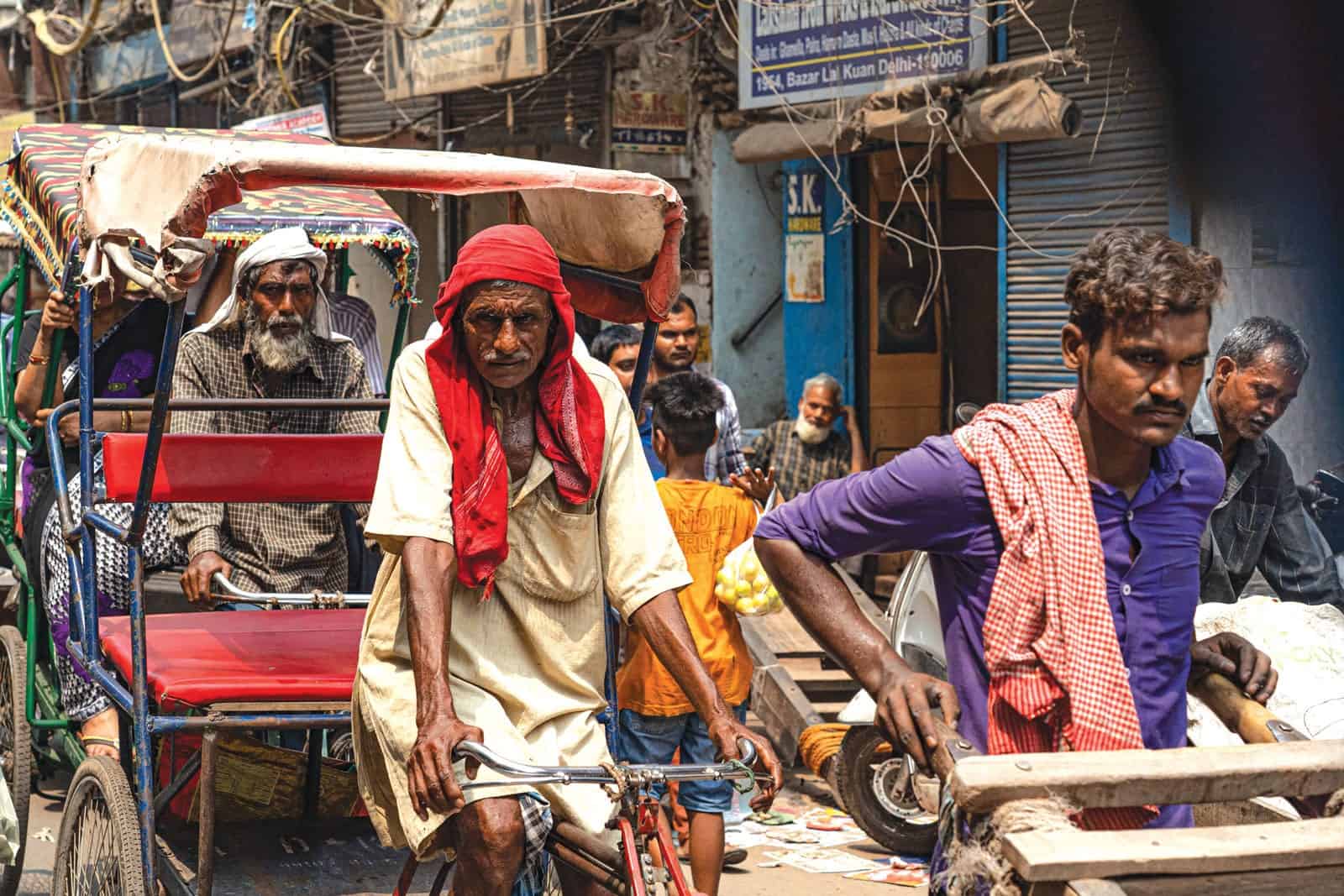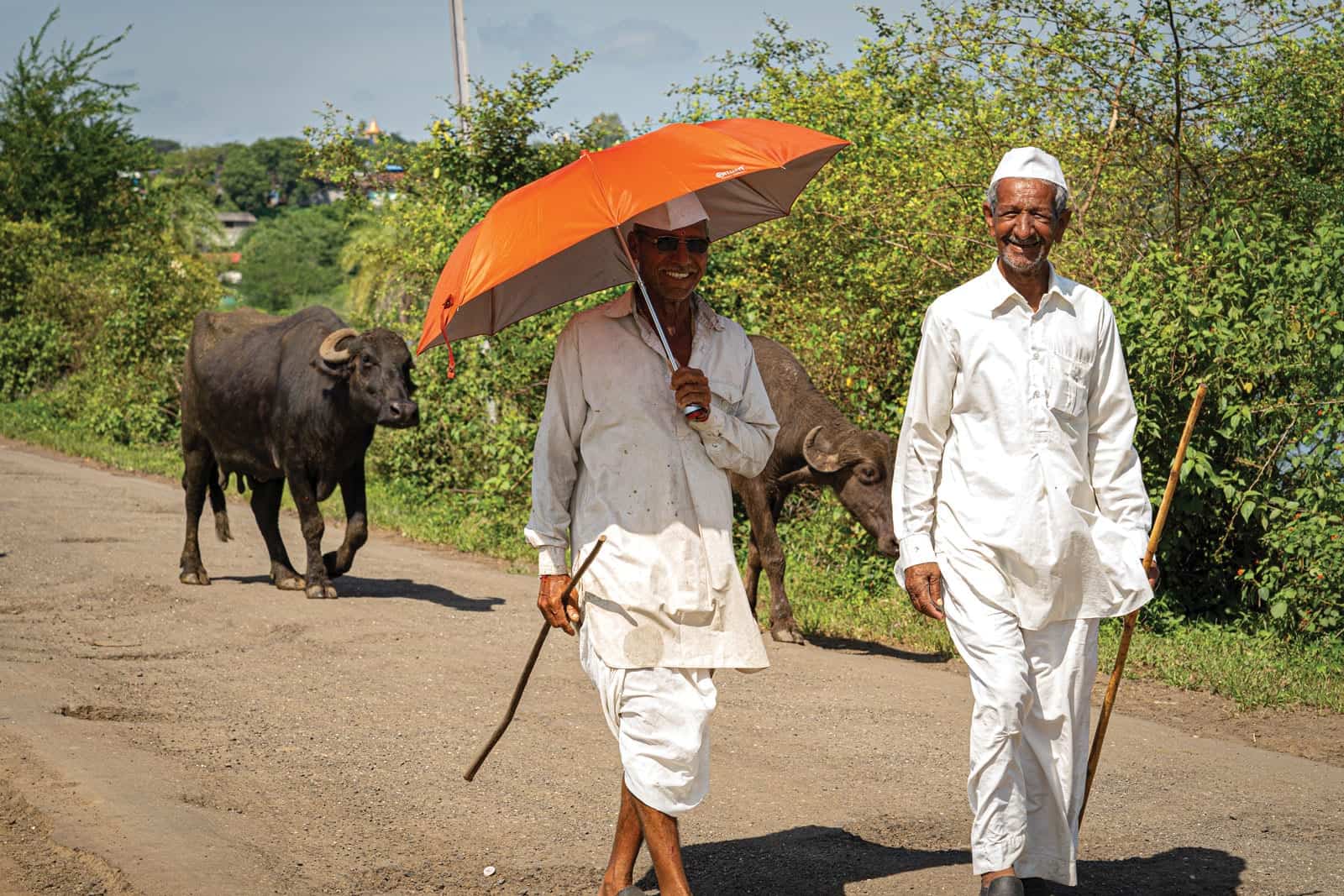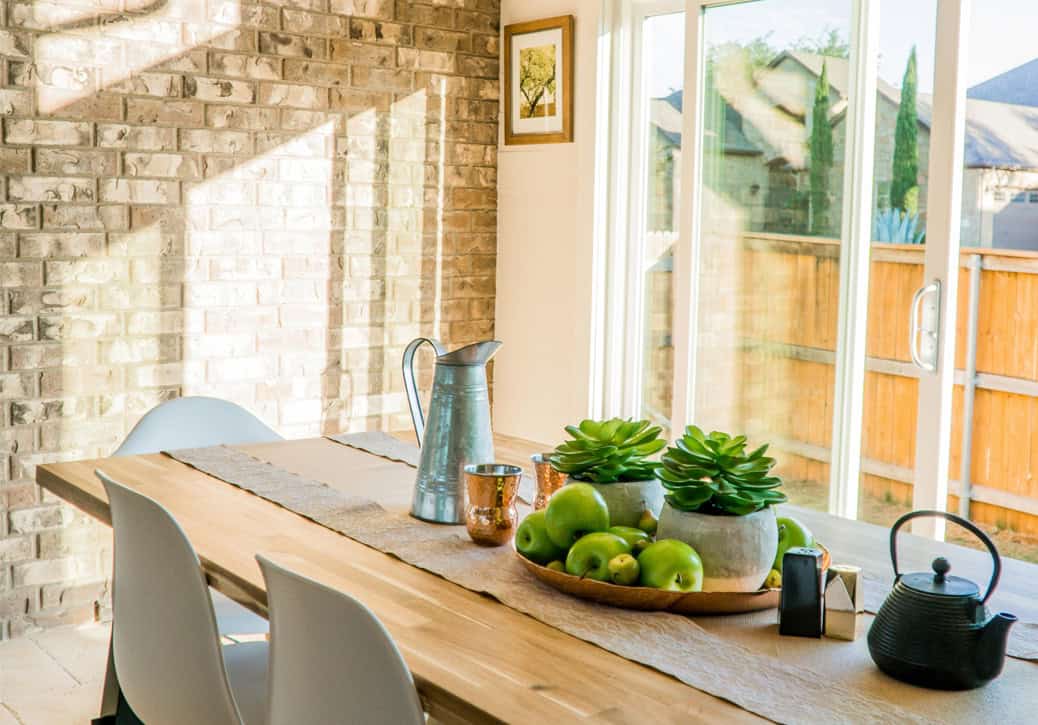By Keith Edwards
NEW DELHI, JAIPUR, MUMBAI, INDIA
10 days in Central India
I’m dodging bicycle rickshaws as I stumble behind Chef Rajeev Goyal, who is expertly weaving his way through the alarmingly narrow lanes of Old Delhi. Against all odds, I’m not run over. We’re experiencing what, he suggests, is the largest market in the world (after two minutes there, I suspect it’s also the most chaotic).
“Try the curry,” Goyal says as we stop at what appears to be a very modest street stall. It’s pungent and mildly spicy. “Try it again,” he implores. Suddenly, the curry tastes rounder and milder. “And again.” It’s milder still. I’m dumfounded. Goyal explains it’s simply my saliva reacting and moderating the spices. I try one last time with lassi (a sweet yoghurt drink), which brings out the curry’s slight bitter flavours. With different breads, further flavours are revealed. This is India in a microcosm: Unexpected, improbable and gloriously tumultuous. But I’m getting ahead of myself.
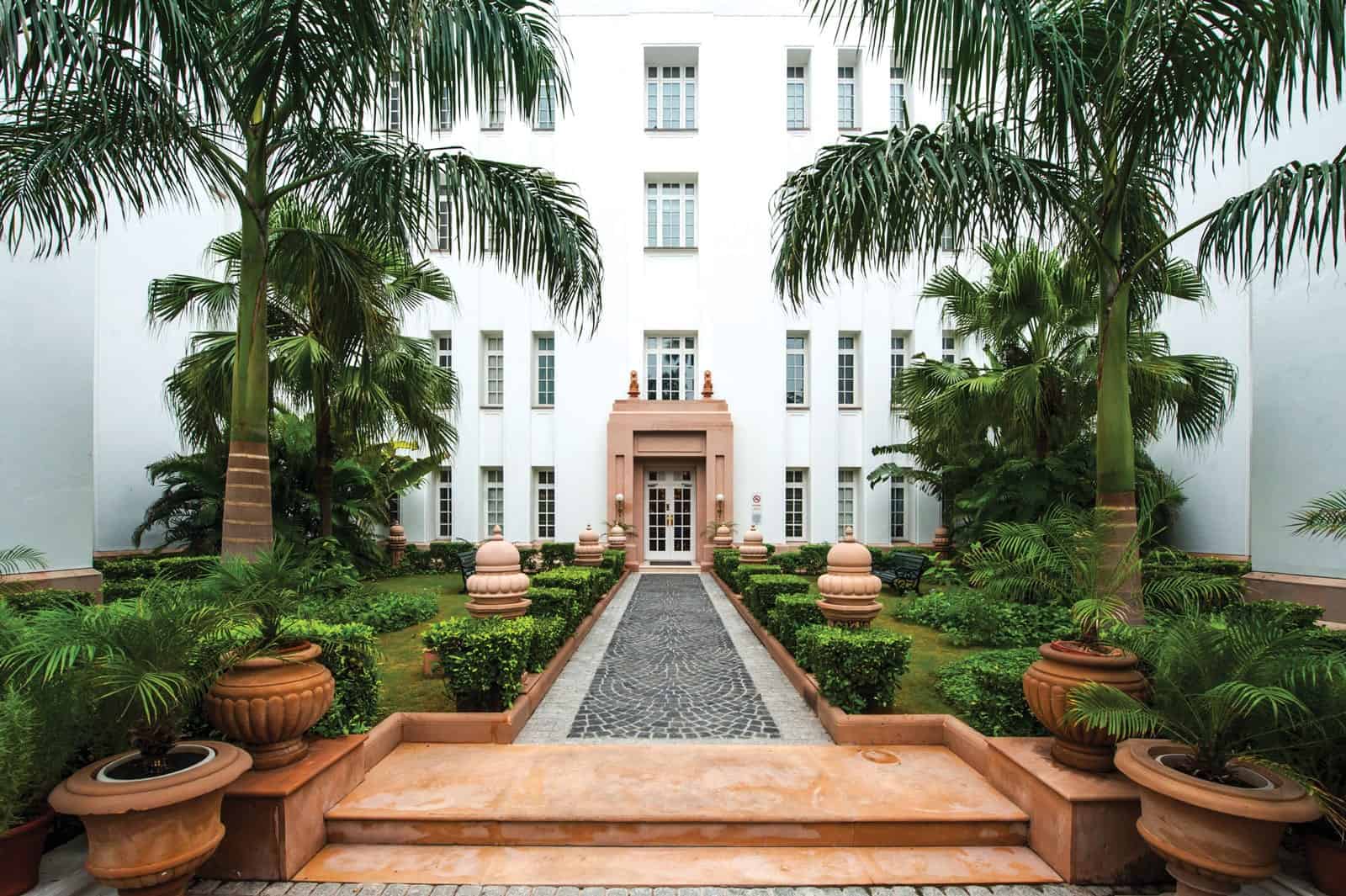
Early morning hospitality
Four in the morning is no time to arrive at any hotel. But The Imperial, New Delhi, is no ordinary establishment. The immaculately attired night manager welcomes me to the lounge. A marigold garland and freshly squeezed juice appear. Luggage disappears. Housekeeping is dispatched to check the readiness of my accommodation, and in minutes I find myself in a hugely airy room with furnishings that lead me to believe I’ve fallen back in time to the British Raj.
Dubbed “the museum hotel” for its 4,500 historic artefacts, original photographs and antiquities, The Imperial has seen it all. From George V to various princes, maharajas and Ghandi himself, it’s a history book come alive—with impeccable service. Enchanting!
Back to the street. Chef Goyal has me try a fruit sandwich with a delicious medley of mango, grape and paneer with almond saffron jam. Then a chickpea cake with chilli, followed by biscuits baked over charcoal on a wooden street cart. And to finish, mango and pomegranate kulfi (a rich creamy ice cream), served in scooped-out fruit skins. Everything is delightful and carefully screened by Goyal—thankfully, no plumbing problems!
Modern India at its finest
After a further day of sightseeing, I am perspiring and looking less than my best when I transfer to the Leela Palace Hotel, number three on Travel+Leisure’s 2019 Top City Hotels in Asia. This is modern India at its very finest. An intoxicating blend of glitz, classical elements, silk, marble, elaborate floral displays and silky-smooth service that seems to anticipate every whim. My room is on the coveted Club floor, where Segar, my butler, suggests a quick shower and a glass of champagne in the private lounge. Fodder for a magical recovery!
Refreshed, I head to dinner at the Chor Bizarre restaurant, also known as The Thieves Market. It’s here that I’m introduced to Salma Yusuf Husain, a Persian scholar and author of The Mughal Feast. She tells me she translated the recipes chosen for her book from handwritten Persian texts that date back to the reign of Shah Jahan. And that it was the Mughals, influenced by Turkish, Afghani and Persian cuisine, who created the dishes rich in cream and butter that we now think of as Indian food.
Chef Karan Bansal’s ingenious melange of appetizers is truly a Mughal feast: Deep-fried spinach with cottage cheese marinated in spices; corn cake; and chicken kebabs followed by more traditional curries.
Accurate to two seconds
After urbane New Delhi it’s on to Jaipur, the painted pink city. (It’s actually more terracotta-ish, but thanks to a mistranslation by a British journalist covering the Prince of Wales’s visit in 1876, the name remains.)
Gliding up the grand driveway we come upon a 200-year-old pink and marble palace that is still owned by the Maharaja of Jaipur. It’s now known as the Suján Rajmahal Palace Hotel. Staff in white uniforms with gold braid stand to attention on the steps as I’m escorted into an ornate reception room, which seems more like a grand home. Nothing intrudes to even confirm that this is a hotel. I feel like an honoured house guest who has dropped in to spend a few days with the Maharaja.
After touring the monumental Amer Fort, the City Palace and the Palace of Winds, it is time to drive on to Agra’s Red Fort—but not before checking my watch against the giant Jantar Mantar sundial, completed in 1734. Hard to believe, but it was accurate to two seconds. In early evening the setting sun gives the Red Fort, the former residence of all Mughal Emperors, an almost iridescent glow. Ironically, Shah Jahan, who built the Taj Mahal, was in later life confined here by his son in rooms where he could only gaze at his masterpiece in the distance.
Visual icons and street food
I’m more fortunate. Early the next morning my first view of the famous Taj Mahal is track-stopping, as it seemingly drifts out of the dawn mists. Its incredible workmanship and monumental beauty are matched by the geometric paradise gardens, creating a visual icon.
In Lucknow, my next stop, the fire-blackened, cannon-ball-riddled abandoned buildings of the British Residency are a sobering reminder of the deadly siege that took place during the Indian Rebellion of 1857.
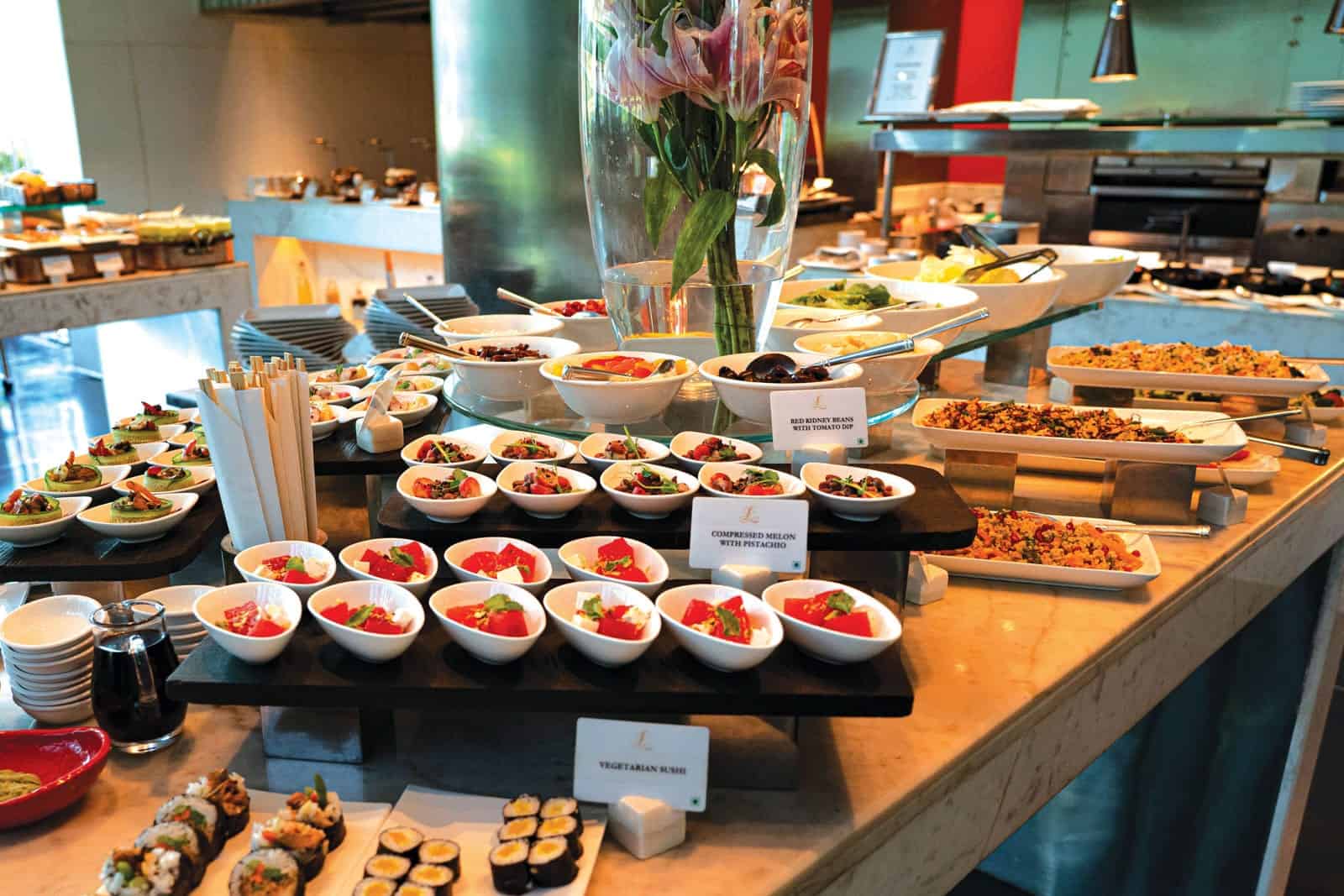
Thankfully, high tea with Nawab Jafar Mir Abdullah in his modest living room is more spirit-lifting. Holding court in his overflowing Aladdin’s cave of historic memorabilia, Jafar vehemently claims direct descendancy from the fourth Nawab in 1775, although some dispute this. His regal bearing, infectious laugh and vivacious stories of days gone by certainly win me over. He tells of his ancestors fleeing Iran and establishing the beautiful city of Lucknow back in the day, and boasts of treasure and beauty beyond the majesty of Paris, Rome or Constantinople. “Blood and bone can be taken, but genes remain,” he muses as we part.
A street food tour here is not for the faint of heart. Motorbikes weave past me with centimetres to spare and the city moves at a frenetic pace, but nothing seems to faze my guide. He has his heart set on getting me to sample the local Awadhi dum style; Slow, fire-cooked, central Asian food enhanced and embellished by the Nawabs. Another gastronomic adventure!
Mumbai
Before I know it I’m on a short flight to Mumbai, where I’m invited to immerse myself in yet another facet of the gem that is modern India. Bold, bustling (as far as traffic permits) and seemingly bursting at the seams, it’s a city that explodes the senses. From the ultra-swanky grande dame of the Taj Palace Hotel to the traditional dabbawalas on their ramshackle bicycles, who deliver home-cooked food to office workers, this is a city on steroids. (And we thought Uber Eats was a modern invention.)
Nasik in the hills north of Mumbai shelters India’s nascent wine industry. Although much Indian wine is made in an approachable style to appeal to new consumers, I also find commendable efforts. I’m spending the night in a rustic tree house at Sula Vineyards. It’s one of two properties the winery operates. Sula Beyond is more modern, with a particularly stunning three-bedroom Sky Villa. On my balcony with a chilled bottle of the winery’s Brut in hand, all I can hear is the birds. The perfect place to wind down before returning home.
All too soon I’m back at the Leela Palace Hotel, which is close to the airport. As I take one last stroll around the sumptuous gardens, I find myself musing with a touch of melancholy. I’ve grown accustomed to this region’s beautiful chaos, magnificent service and to-die-for diverse cuisine—no more will I think of Indian food as simply curry.
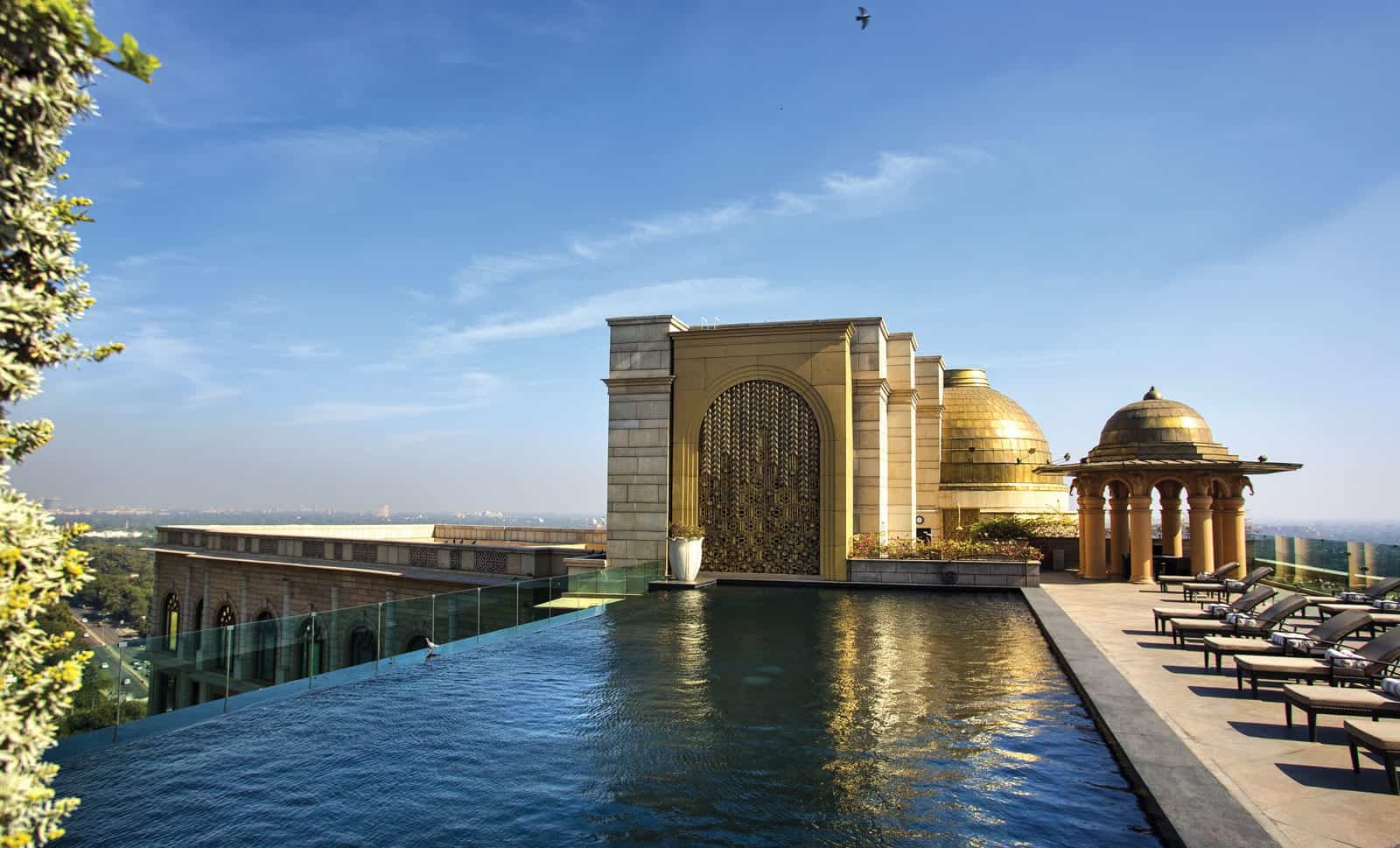
If you go
Take Air Canada Business Class to New Delhi—it’s worth every penny. My two-week “Indian Gourmet Journey” was curated by Mrinmay Ghosal, whimsically titled “Vice President of
Special Stuff” at Creative Travel, which has won The World Travel Awards’ “India’s Leading Destination Management Company” for the previous eight years. Ghosal blended the luxurious and monumental with a remarkably visceral experience that I’ll never forget.
Recommended restaurants by cuisine:
Sana-Di-Ge, Delhi (Southern Indian); Chor Bizarre, New Delhi (Kashmiri); and Bukhara, Delhi, and its sister restaurant Peshawri, Agra (North West Frontier). creative.travel


